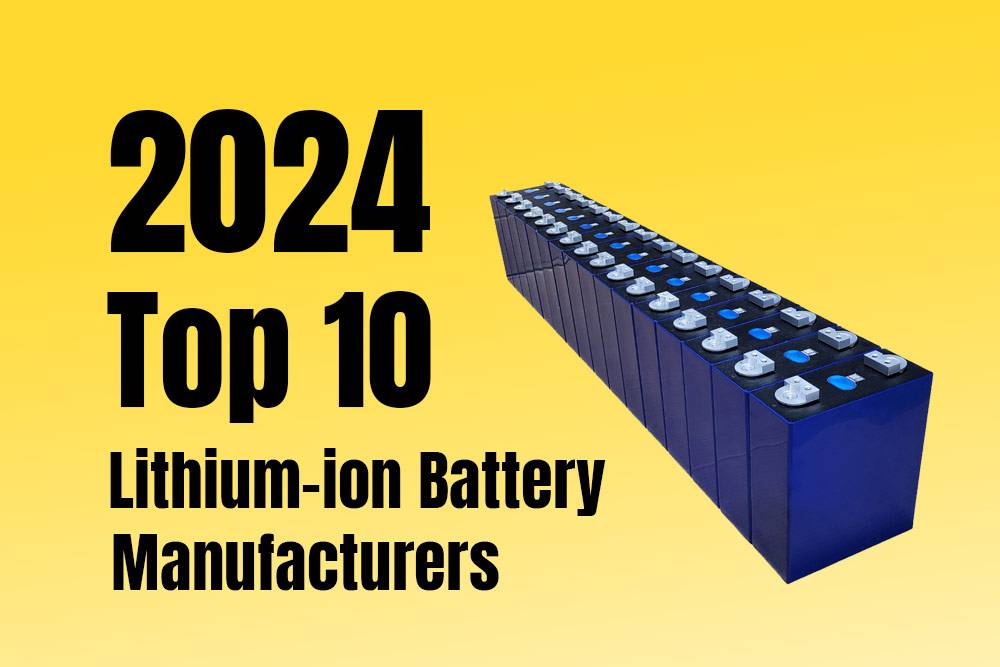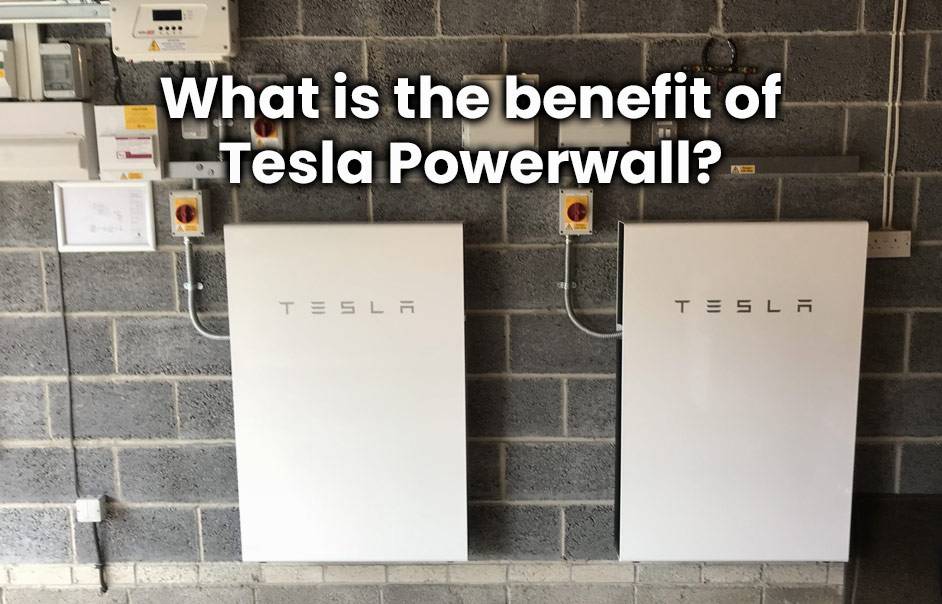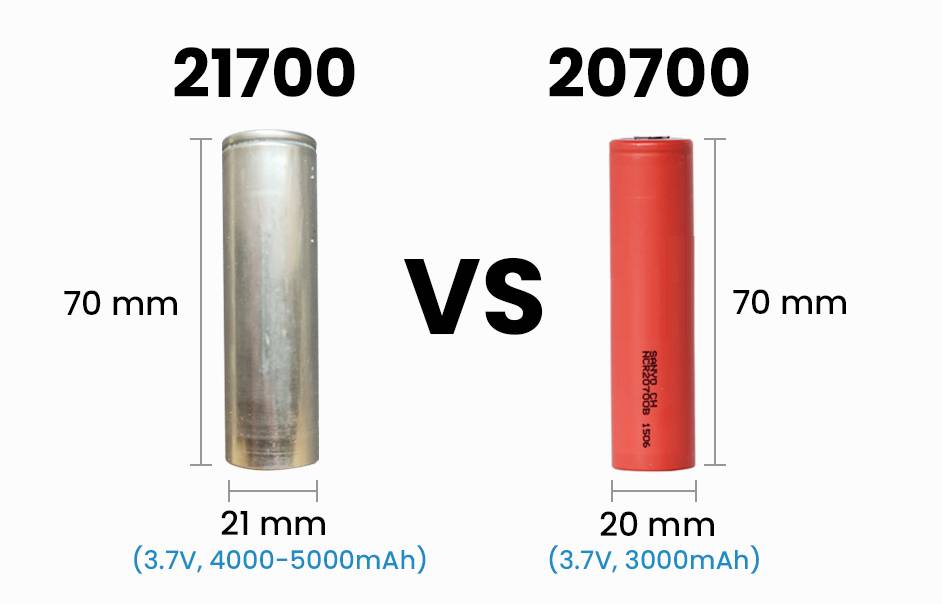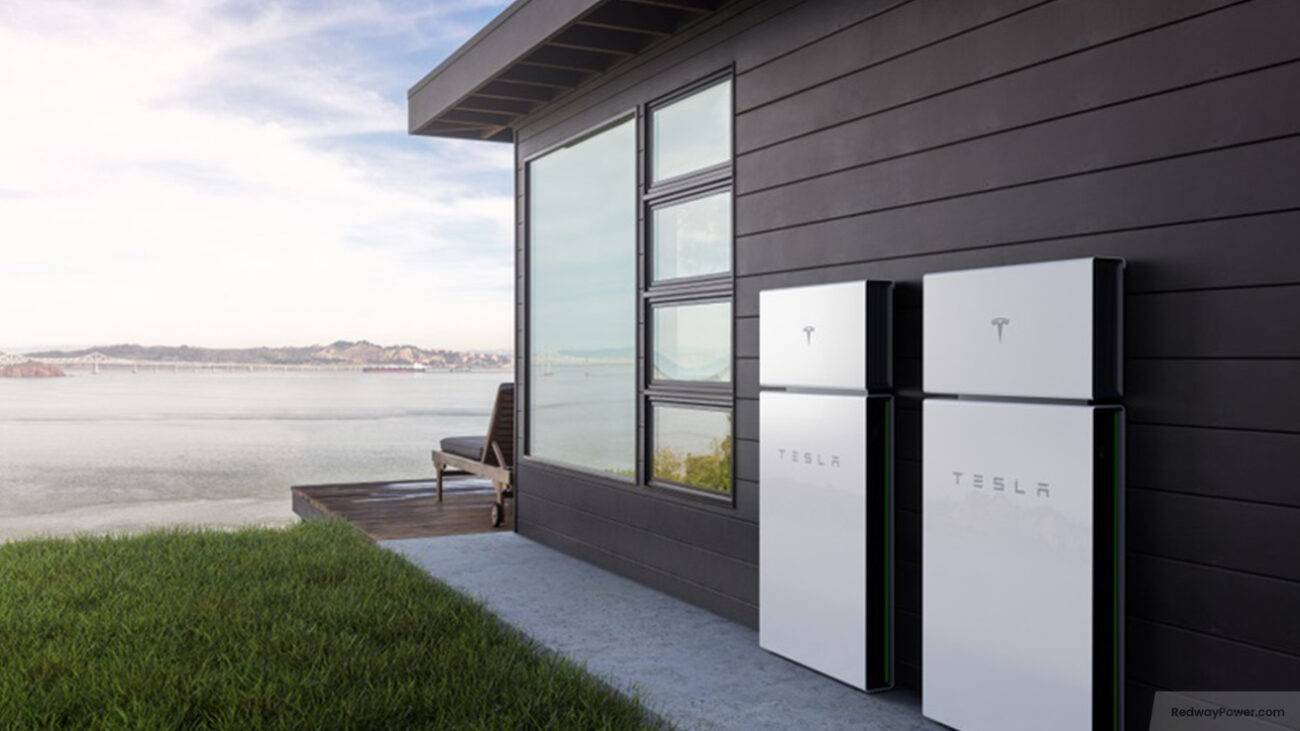- Forklift Lithium Battery
-
48V
- 48V 210Ah
- 48V 300Ah
- 48V 420Ah (949 x 349 x 569 mm)
- 48V 420Ah (950 x 421 x 450 mm)
- 48V 456Ah
- 48V 460Ah (830 x 630 x 590 mm)
- 48V 460Ah (950 x 421 x 450 mm)
- 48V 460Ah (800 x 630 x 600 mm)
- 48V 460Ah (820 x 660 x 470 mm)
- 48V 500Ah
- 48V 560Ah (810 x 630 x 600 mm)
- 48V 560Ah (950 x 592 x 450 mm)
- 48V 600Ah
- 48V 630Ah
-
48V
- Lithium Golf Cart Battery
- 12V Lithium Battery
12V 150Ah Lithium RV Battery
Bluetooth App | BCI Group 31
LiFePO4 Lithium
Discharge Temperature -20°C ~ 65°C
Fast Charger 14.6V 50A
Solar MPPT Charging - 24V Lithium Battery
- 36V Lithium Battery
- 48V Lithium Battery
-
48V LiFePO4 Battery
- 48V 50Ah
- 48V 50Ah (for Golf Carts)
- 48V 60Ah (8D)
- 48V 100Ah (8D)
- 48V 100Ah
- 48V 100Ah (Discharge 100A for Golf Carts)
- 48V 100Ah (Discharge 150A for Golf Carts)
- 48V 100Ah (Discharge 200A for Golf Carts)
- 48V 150Ah (for Golf Carts)
- 48V 160Ah (Discharge 100A for Golf Carts)
- 48V 160Ah (Discharge 160A for Golf Carts)
-
48V LiFePO4 Battery
- 60V Lithium Battery
-
60V LiFePO4 Battery
- 60V 20Ah
- 60V 30Ah
- 60V 50Ah
- 60V 50Ah (Small Size / Side Terminal)
- 60V 100Ah (for Electric Motocycle, Electric Scooter, LSV, AGV)
- 60V 100Ah (for Forklift, AGV, Electric Scooter, Sweeper)
- 60V 150Ah (E-Motocycle / E-Scooter / E-Tricycle / Tour LSV)
- 60V 200Ah (for Forklift, AGV, Electric Scooter, Sweeper)
-
60V LiFePO4 Battery
- 72V~96V Lithium Battery
- Rack-mounted Lithium Battery
- E-Bike Battery
- All-in-One Home-ESS
- Wall-mount Battery ESS
-
Home-ESS Lithium Battery PowerWall
- 24V 100Ah 2.4kWh PW24100-S PowerWall
- 48V 50Ah 2.4kWh PW4850-S PowerWall
- 48V 50Ah 2.56kWh PW5150-S PowerWall
- 48V 100Ah 5.12kWh PW51100-F PowerWall (IP65)
- 48V 100Ah 5.12kWh PW51100-S PowerWall
- 48V 100Ah 5.12kWh PW51100-H PowerWall
- 48V 200Ah 10kWh PW51200-H PowerWall
- 48V 300Ah 15kWh PW51300-H PowerWall
PowerWall 51.2V 100Ah LiFePO4 Lithium Battery
Highly popular in Asia and Eastern Europe.
CE Certification | Home-ESS -
Home-ESS Lithium Battery PowerWall
- Portable Power Stations
How Do BYD and Tesla Motors Compare in EV Battery Technology?
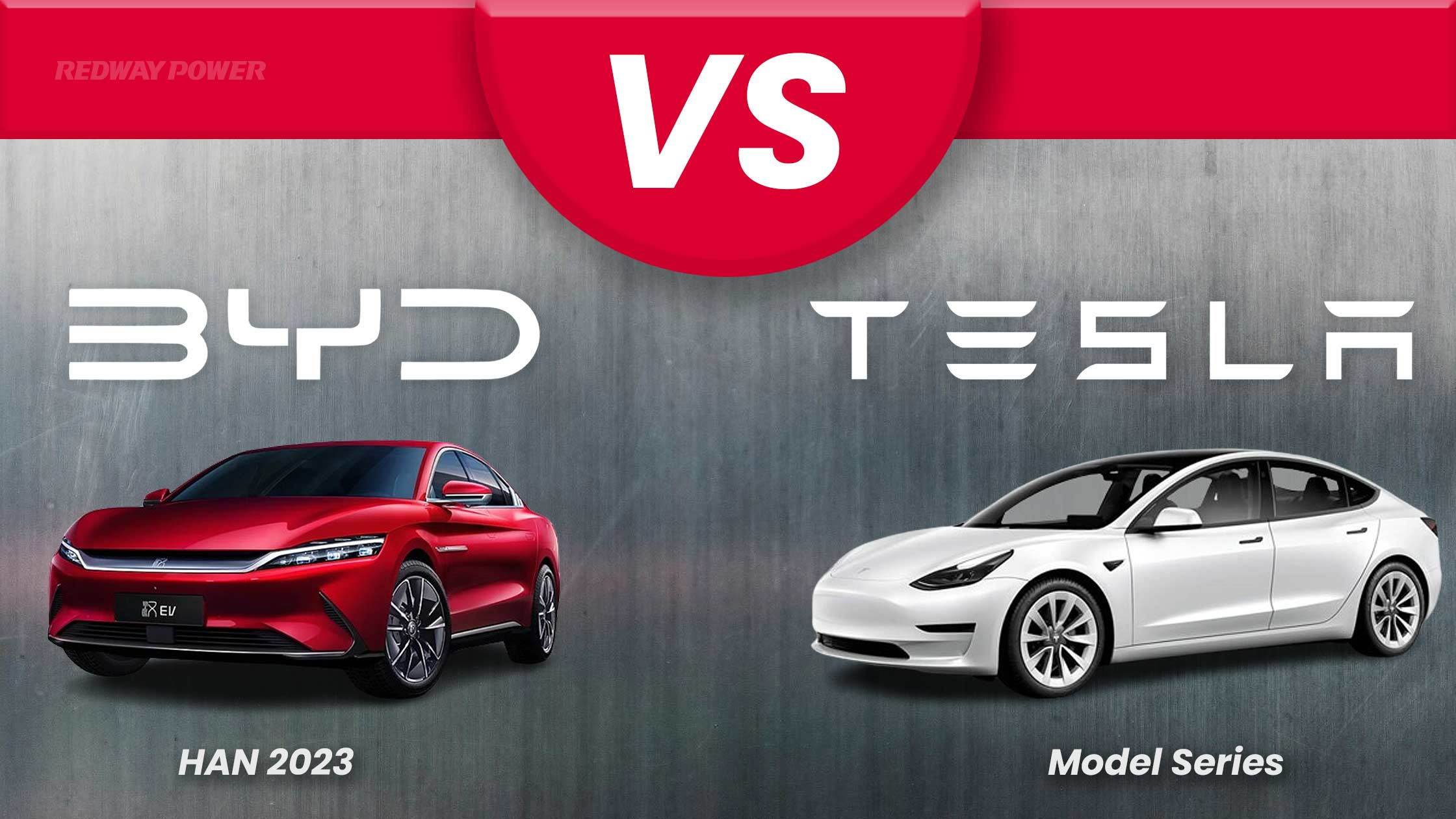
The competition between BYD and Tesla Motors is fierce, particularly in the realm of electric vehicle (EV) battery technology. Both companies employ different battery chemistries, technologies, and innovations that impact performance, safety, and charging capabilities. Understanding these differences is crucial for consumers looking to make informed decisions about their electric vehicle purchases.
What battery technologies do BYD and Tesla use?
BYD primarily utilizes lithium iron phosphate (LFP) batteries, known for their safety, longevity, and thermal stability. These Blade Batteries offer a lower risk of thermal runaway, making them suitable for various applications, including electric buses and passenger vehicles. In contrast, Tesla predominantly uses nickel-cobalt-aluminum (NCA) or nickel-manganese-cobalt (NMC) batteries. These lithium-ion technologies provide higher energy density, which translates into greater range but may pose higher risks under extreme conditions.Chart: Battery Technologies Comparison
| Brand | Battery Type | Key Features |
|---|---|---|
| BYD | Lithium Iron Phosphate (LFP) | Safe, long-lasting, lower thermal risk |
| Tesla | Nickel-Cobalt-Aluminum (NCA) | High energy density, longer range |
| Nickel-Manganese-Cobalt (NMC) | Good balance of performance |
How do BYD and Tesla compare in battery performance?
In terms of performance, both brands have made significant advancements. For instance, the BYD Seal features an 82.56 kWh battery with a range of approximately 570 km (354 miles), while the Tesla Model 3 offers a range of up to 490 km (304 miles) with its standard variant. However, when considering efficiency, Tesla’s vehicles generally demonstrate superior energy management due to their advanced software integration. Chart: Battery Performance Metrics
| Model | Battery Capacity | Estimated Range |
|---|---|---|
| BYD Seal | 82.56 kWh | 570 km (354 miles) |
| Tesla Model 3 | 60 kWh | 490 km (304 miles) |
What are the charging capabilities of BYD and Tesla batteries?
Charging capabilities vary significantly between the two brands. Tesla’s Supercharger network allows for rapid charging speeds up to 250 kW, enabling drivers to add significant range quickly—around 282 km (175 miles) in just 15 minutes. Conversely, BYD’s fast-charging systems typically support rates around 150 kW, allowing their vehicles to charge from 10% to 80% in approximately 30-40 minutes.Chart: Charging Capabilities Comparison
| Brand | Maximum Charging Speed | Time to Charge (10%-80%) |
|---|---|---|
| BYD | Up to 150 kW | ~30-40 minutes |
| Tesla | Up to 250 kW | ~15 minutes |
How do the safety features of BYD and Tesla batteries differ?
Safety is a paramount concern for both manufacturers but approached differently. BYD’s Blade Batteries incorporate passive cooling systems that minimize heat generation while enhancing safety through their design, which reduces risks associated with thermal runaway. On the other hand, Tesla employs active cooling systems alongside extensive monitoring features at the cell level to prevent overheating. Both strategies reflect a commitment to safety but highlight different engineering philosophies. Chart: Safety Features Overview
| Feature | BYD | Tesla |
|---|---|---|
| Cooling System | Passive cooling | Active cooling |
| Thermal Runaway Risk | Lower risk due to design | Monitored through advanced systems |
| Safety Features | Blade design enhances safety | Cell-level monitoring |
What innovations are being introduced by BYD and Tesla in battery technology?
Both companies are continuously innovating within their respective battery technologies. BYD has introduced its Blade Battery, which enhances safety while providing good energy density at a lower cost compared to traditional lithium-ion cells. Meanwhile, Tesla is advancing its manufacturing processes, including plans for larger cell formats that could improve efficiency while reducing costs. These innovations position both companies competitively as they seek to lead in the EV market. Chart: Innovations Overview
| Brand | Innovation | Description |
|---|---|---|
| BYD | Blade Battery | Enhanced safety with better longevity |
| Tesla | Larger Cell Formats | Improved efficiency & reduced costs |
Redway Power Insights
“The rivalry between BYD and Tesla highlights significant advancements in EV battery technology. While both companies excel in different areas—BYD with its focus on safety through LFP technology and Tesla with its high-performance NCA/NMC cells—consumers benefit from this competition as it drives innovation forward.”
Industrial News
The electric vehicle market continues to evolve rapidly as both BYD and Tesla expand their offerings globally. Recent reports indicate that BYD is set to surpass Tesla in total electric vehicle sales by 2024 due to increased production capacity and competitive pricing strategies. As both companies push for advancements in battery technology, consumers can expect enhanced performance, safety features, and overall value in their electric vehicles.
FAQ Section
Q: What type of batteries does BYD use?
A: BYD primarily uses lithium iron phosphate (LFP) batteries known for their safety and longevity.
Q: How does Tesla’s battery technology differ from BYD’s?
A: Tesla uses nickel-cobalt-aluminum (NCA) or nickel-manganese-cobalt (NMC) batteries that provide higher energy density compared to BYD’s LFP cells.
Q: Which company offers faster charging capabilities?
A: Tesla offers faster charging capabilities with its Supercharger network supporting up to 250 kW compared to BYD’s maximum of around 150 kW.
Q: Are there significant differences in range between models from both brands?
A: Yes, while both brands offer impressive ranges, specific models like the Tesla Model S Plaid boast longer ranges than comparable models from BYD.
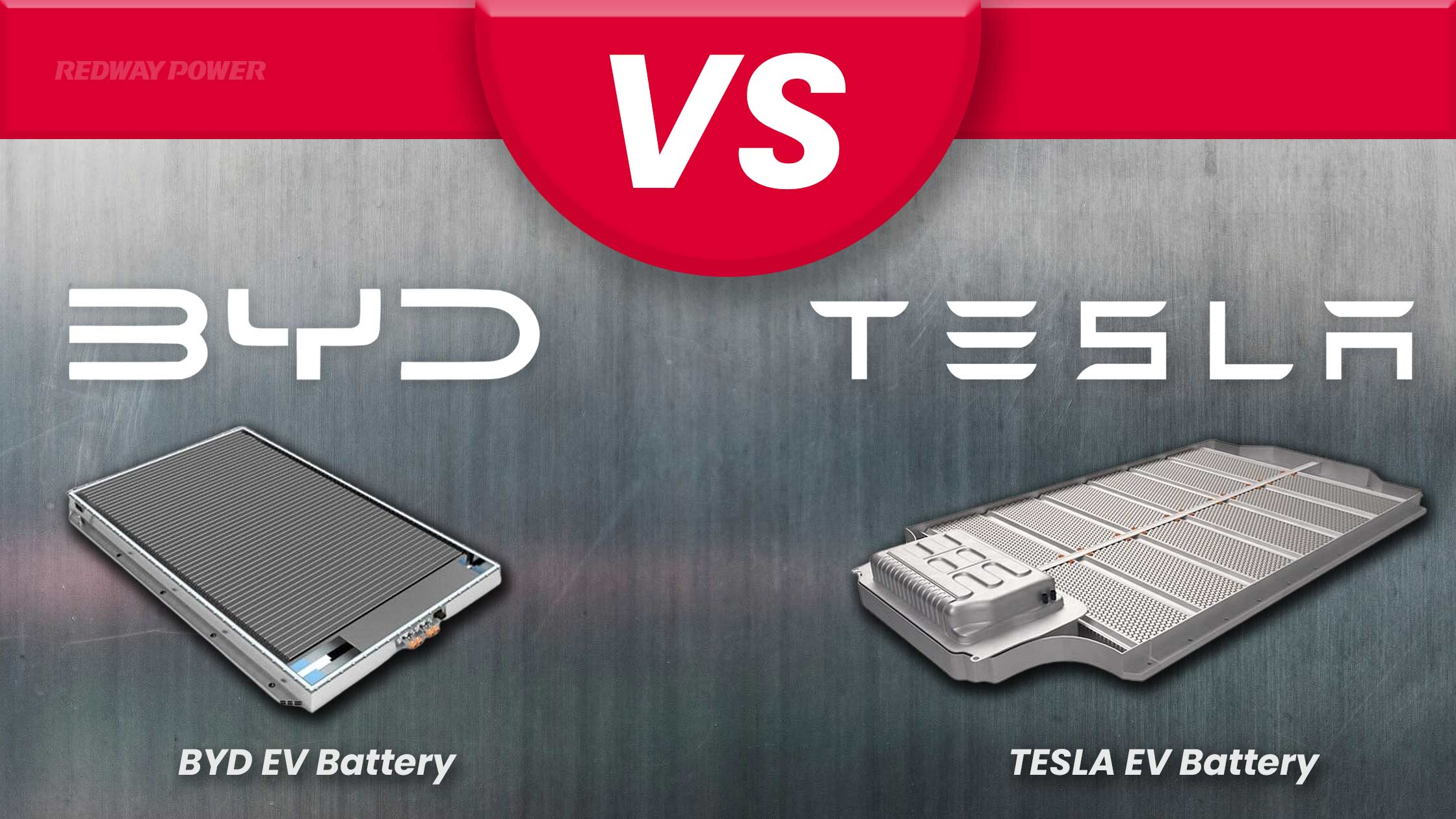
- Is BYD a reliable brand?
Yes, BYD is considered a reliable brand in the electric vehicle and battery market. Known for its innovative battery technology and extensive experience in manufacturing, BYD has built a reputation for producing durable and efficient electric vehicles and batteries. - Is BYD comparable to Tesla?
BYD and Tesla are comparable in terms of electric vehicle technology and market presence. While Tesla is recognized for its advanced autonomous driving features and high-performance models, BYD excels in battery technology, particularly with its lithium iron phosphate (LFP) batteries, offering safety and longevity. - Does Tesla get batteries from BYD?
Yes, Tesla has started using BYD’s blade batteries for its Model Y vehicles produced at the Berlin gigafactory. This collaboration allows Tesla to diversify its battery supply and improve charging speeds, showcasing a growing partnership between the two companies. - Why is BYD better than Tesla?
BYD may be considered better than Tesla in certain aspects, such as battery safety and cost-effectiveness. BYD’s lithium iron phosphate batteries offer longer life cycles and lower risk of thermal runaway, making them suitable for various applications, including public transport.
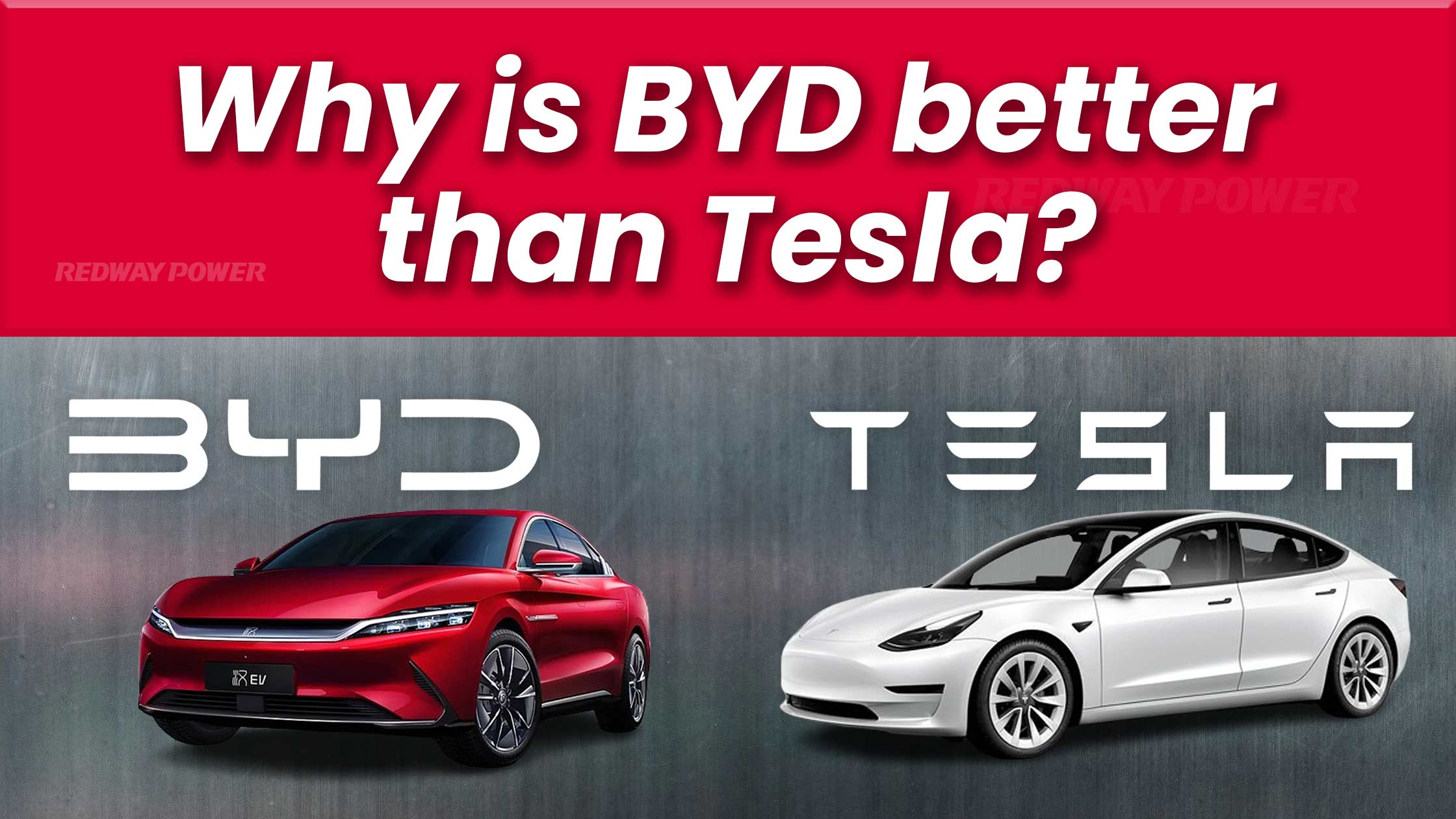
- Why is Tesla using BYD batteries?
Tesla is using BYD batteries to enhance charging speeds and diversify its battery supply chain. The switch to BYD’s blade batteries has resulted in improved performance for the Model Y, indicating that these batteries provide advantages over previous options. - What is the life expectancy of the BYD battery?
The life expectancy of BYD batteries, particularly their lithium iron phosphate (LFP) models, can reach up to 3,000 to 5,000 cycles depending on usage conditions. This longevity makes them suitable for various applications, including electric vehicles and energy storage systems.
Tesla 4680 Battery vs GM Ultium EV Battery Tech
- What is the difference between BYD and Tesla?
The primary differences between BYD and Tesla lie in their battery technologies and market focus. BYD predominantly uses lithium iron phosphate (LFP) batteries known for safety, while Tesla employs nickel-cobalt-aluminum (NCA) or nickel-manganese-cobalt (NMC) batteries that offer higher energy density. - Will BYD surpass Tesla?
While BYD shows significant growth potential due to its strong battery technology and diverse product lineup, surpassing Tesla will depend on various factors including innovation, market demand, and global expansion strategies. Both companies are leaders in the EV space with unique strengths. - Who provides batteries for BYD?
BYD primarily manufactures its own batteries, particularly lithium iron phosphate (LFP) batteries. They have also partnered with other suppliers for specific technologies but are largely self-sufficient in their battery production capabilities.

- Which is better: BYD battery or Tesla battery Model 3?
Choosing between a BYD battery and a Tesla Model 3 battery depends on specific needs. BYD’s LFP batteries offer excellent safety and longevity, while Tesla’s NCA/NMC batteries provide higher energy density and performance. The best choice varies based on application requirements.














